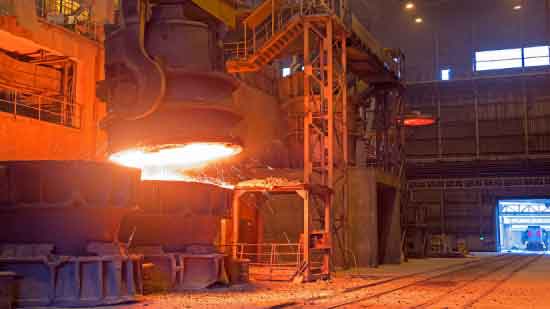
The future of steel sand casting looks promising, with continuous innovations and advancements driving the industry forward. Here are some key areas where we can expect to see future developments in steel sand casting:
- Digitalization and Automation: The adoption of digital technologies and automation will revolutionize the steel sand casting process. Computer-aided design (CAD) and simulation software will become more advanced, allowing for accurate casting designs and optimized mold filling simulations. Robotics and automation will streamline various stages of the casting process, enhancing productivity and reducing manual labor.
- Advanced Materials: There will be a focus on developing and utilizing advanced materials for steel sand casting. Alloy compositions will be tailored to specific applications, offering improved mechanical properties, corrosion resistance, and heat resistance. The development of new steel alloys with enhanced properties will enable the production of lightweight components without compromising strength and durability.
- Improved Casting Processes: Research and development efforts will continue to refine and improve the casting processes associated with steel sand casting. Advanced mold and core materials will be developed to improve dimensional accuracy, surface finish, and reduce defects. The use of binder systems and additives will be optimized to enhance mold stability and minimize casting defects.
- Additive Manufacturing Integration: Additive manufacturing, also known as 3D printing, is expected to play a significant role in the future of steel sand casting. The integration of additive manufacturing techniques with traditional casting processes will enable the production of complex geometries and the customization of components. This combination will offer greater design freedom and efficiency in producing intricate and highly customized steel castings.
- Environmental Sustainability: The drive towards sustainable manufacturing practices will continue to influence the steel sand casting industry. Foundries will focus on reducing energy consumption, minimizing waste generation, and implementing recycling and reclamation processes. The use of environmentally friendly binders and sand additives will become more prevalent, ensuring the sustainability of the casting process.
- Quality Control and Inspection Technologies: Advancements in non-destructive testing (NDT) and inspection technologies will enhance quality control in steel sand casting. Automated inspection systems, such as advanced imaging techniques and machine vision, will improve defect detection and ensure the consistency and reliability of cast components. Real-time monitoring and feedback systems will be integrated into the casting process to enable immediate adjustments and ensure high-quality outputs.
- Collaboration and Knowledge Sharing: Increased collaboration and knowledge sharing within the industry will drive innovation in steel sand casting. Foundries, designers, material suppliers, and research institutions will collaborate to share best practices, develop new technologies, and overcome challenges together. This collaboration will foster a culture of continuous improvement and drive advancements in steel sand casting processes and techniques.
As the steel sand casting industry embraces these advancements, the future holds great potential for the production of high-quality, complex, and sustainable steel components. These innovations will pave the way for enhanced efficiency, design flexibility, and the ability to meet the evolving demands of various industries, ensuring that steel sand casting remains a reliable and efficient manufacturing process.
